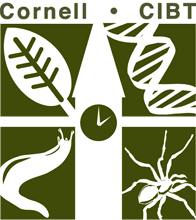Labs & Activities

Battle-jar Galactica- Matt Downing
2012 CIBT Alumni Workshop
Ecology
High School
Microbiology
In this investigation students will study the types of bacteria that grow during the formation of sauerkraut, identify some characteristics of each, as well as research the type of respiratory pathway used by the organisms to break down the cabbage to get their energy. Downloads pH Questions (Matt Downing) Bacteria… read more of the article entitled “Battle-jar Galactica- Matt Downing”
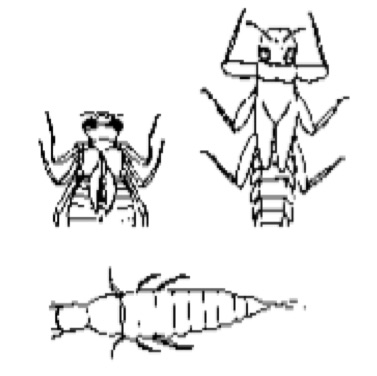
Comparing Aquatic Communities
Animals
Ecology
Evolution
High School
Inquiry/Scientific Method
Insects
Microbiology
Physical Sciences
Plants
Teams of students measure physical and chemical characteristics of different sites in streams and/or ponds and collect benthic invertebrate organisms. They interpret patterns in the structure of the biological community at each site in light of the abiotic (physical and chemical) and biotic nature of the environment. Downloads Comparing Aquatic… read more of the article entitled “Comparing Aquatic Communities”
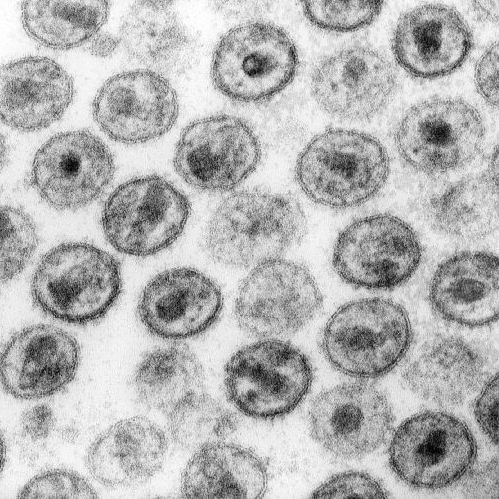
HIV Transmission
High School
Human Health
Microbiology
“This is the best way I can imagine to introduce such a sensitive/vital issue in a non-embarrassing way and still get the message across: the HIV virus is transmitted by sharing body fluids, there are specific high risk behaviors, and what you choose to do is the greatest determining factor… read more of the article entitled “HIV Transmission”
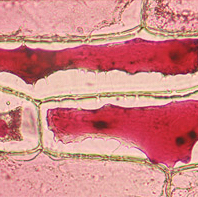
Microscopy and Cell Biology
Elementary School
High School
Microbiology
Middle School
Molecular Biology
Plants
Students will identify the parts of a microscope. Students will observe, manipulate, write and memorize. Students will also compute total magnification of the objective lenses. The lab can be modified to suit higher grade levels using the attached handouts for various observation stations. Downloads Pollen Station Red Onion Cell Station… read more of the article entitled “Microscopy and Cell Biology”
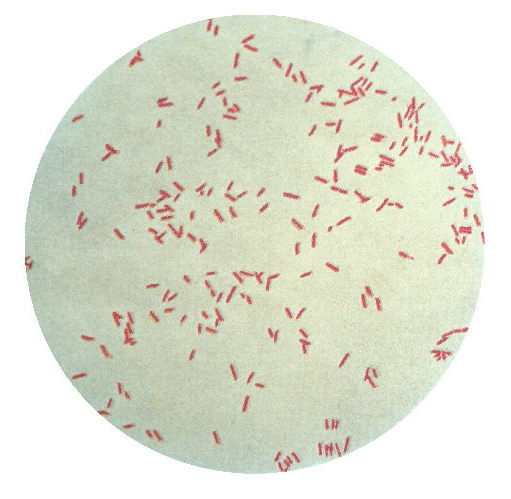
Pseudomonas Labs
High School
Inquiry/Scientific Method
Microbiology
Plants
Module 1: This classroom activity demonstrates interactions between plants and specific strains of Pseudomonas (a plant-pathogenic bacteria). Students will design an experiment that demonstrates the specificity of the hypersensitive response. This serves as a starting point to learn the importance of model systems through comparisons of two pathogens. Both Pseudomonas,… read more of the article entitled “Pseudomonas Labs”
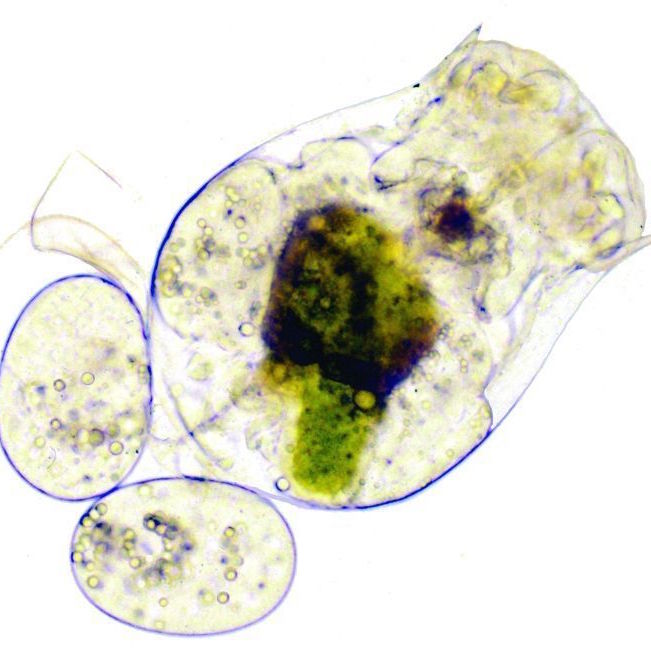
Rotifers Lab- Beth Chagrasulis
2012 CIBT Alumni Workshop
Animals
Elementary School
High School
Inquiry/Scientific Method
Microbiology
Middle School
These instructions detail how to collect bdelloid rotifers from moss, extract them, and view them under a microscope along with protozoa, nematodes, and tardigrades that also live in moss. Download Rotifer Article (Beth Chagrasulis) Rotifer & Tardigrade Collecting (Beth Chagrasulis)

Soft Rot
High School
Human Health
Microbiology
Students will investigate the bacteria (plant pathogens) that cause soft rot on grocery produce (that mushy mess you often see on vegetables). By bringing some of this rotting produce from the store back to the lab students can isolate bacteria that are responsible for the disease (and sometimes yeasts, other… read more of the article entitled “Soft Rot”

Spice Lab
Elementary School
Human Health
Inquiry/Scientific Method
Microbiology
Middle School
Downloads Spice Lab (Student Edition) Spice Lab (Teacher Edition) Supplemental Reading: Why Cilantro Tastes Like Soap, for Some Supplemental Reading: Why 10% of the Population Hates Cilantro Supplemental Reading: Antimicrobial Functions of Spices
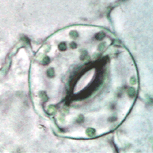
Stomata Safari- Carolyn Wilczynski
2012 CIBT Alumni Workshop
High School
Inquiry/Scientific Method
Microbiology
Middle School
Plants
On a “stomata safari,” students will view and compare the number and location of stomata from leaves of several species of plants. Once they have learned how to sample stomata, they will be able to investigate how plants distribute their stomata depending on the environment. Downloads Stomata Safari Lab (Carolyn… read more of the article entitled “Stomata Safari- Carolyn Wilczynski”
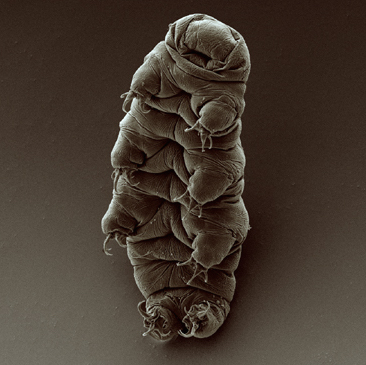
Tardigrade Lab
Ecology
Evolution
Microbiology
Middle School
Downloads Students will explore the microscopic world found living on lichens and mosses. Using a simple collection and extraction process, students will observe extremophiles called tardigrades. This lab includes a reading activity with questions as well as an anticipation guide handout for use with a YouTube video Tardigrade Lab (Student… read more of the article entitled “Tardigrade Lab”
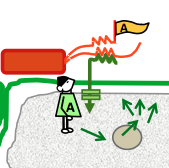
Vegevaders- PPI
Ecology
High School
Microbiology
Plants
Playing this game allows students to experience through game-play the continuing co-evolution between plants and their microbial pathogens that occurs during the battle to detect/defend (plants) versus evade/invade (pathogens). This battle is ongoing in nature over evolutionary time and observable in agricultural fields from one season to another, where crop… read more of the article entitled “Vegevaders- PPI”
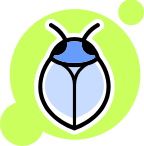
Wolbachia
High School
Inquiry/Scientific Method
Insects
Microbiology
Molecular Biology
Lab 1 Goal: To introduce students to the incredible diversity and abundance of insects and to prepare specimens for DNA analysis. Upon completion of this activity, students will: Describe the diversity of insects collected in one location. Identify insects using taxonomic classification. Sort insects into “morphospecies” – similar looking species…. read more of the article entitled “Wolbachia”

